B.C.
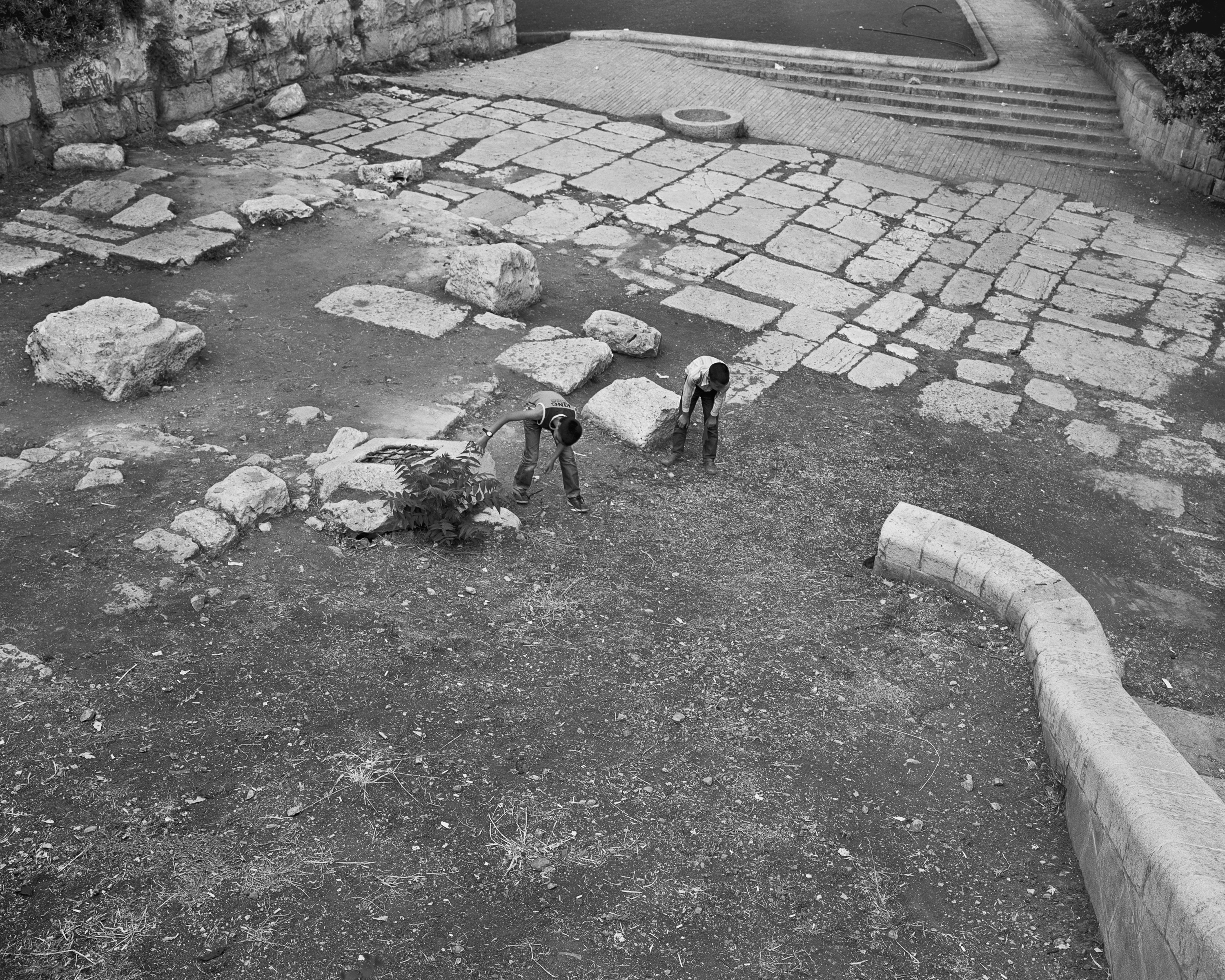








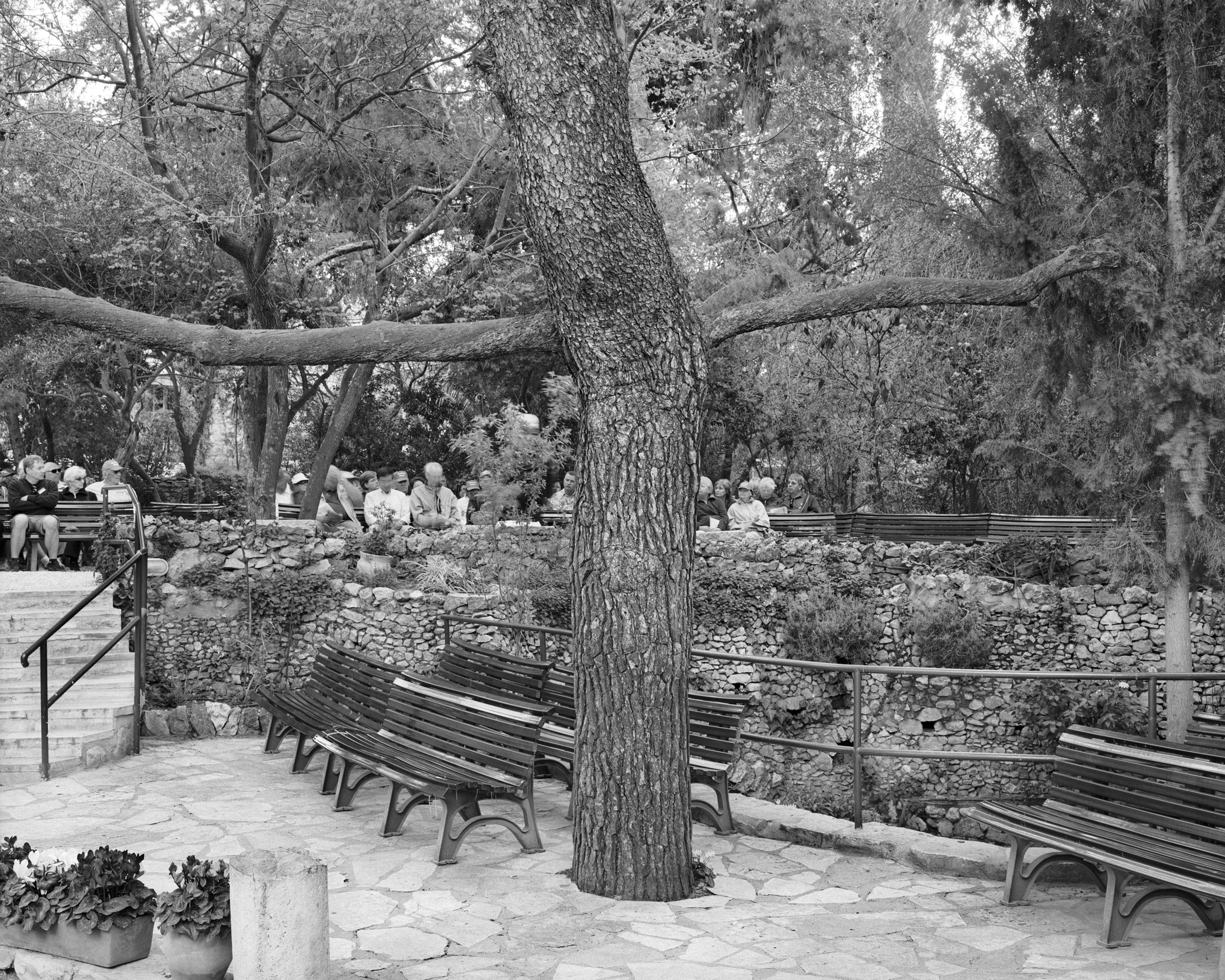


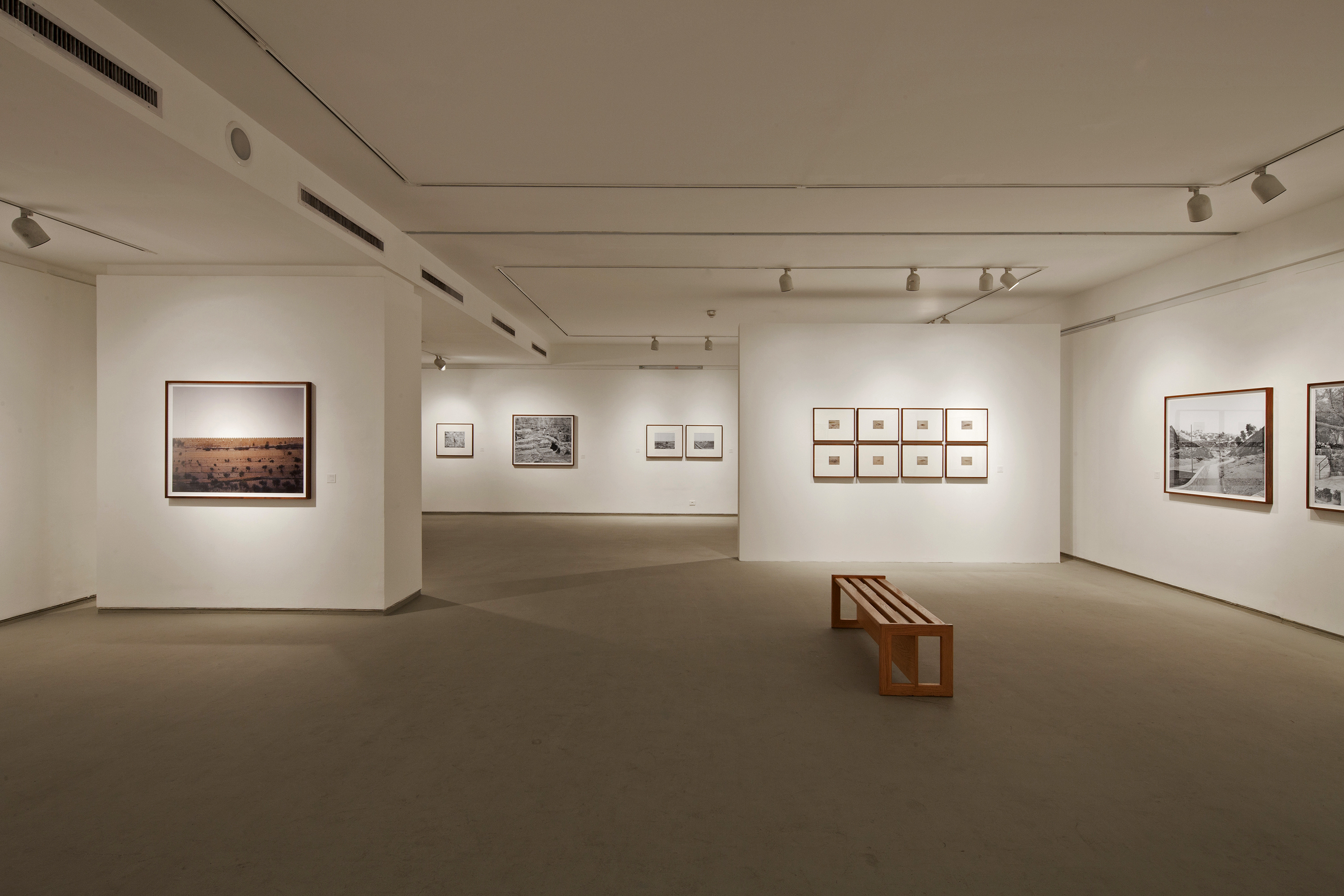
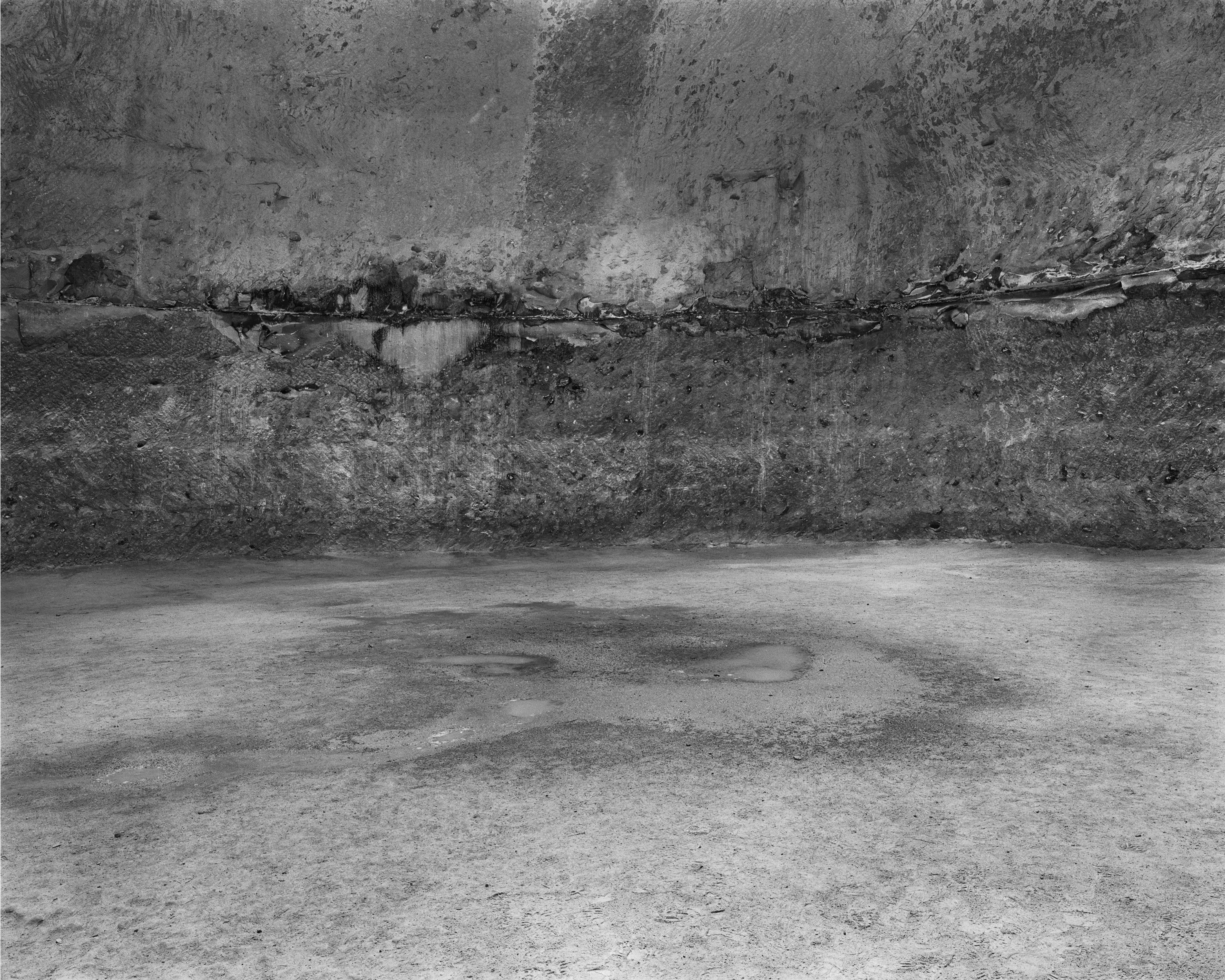




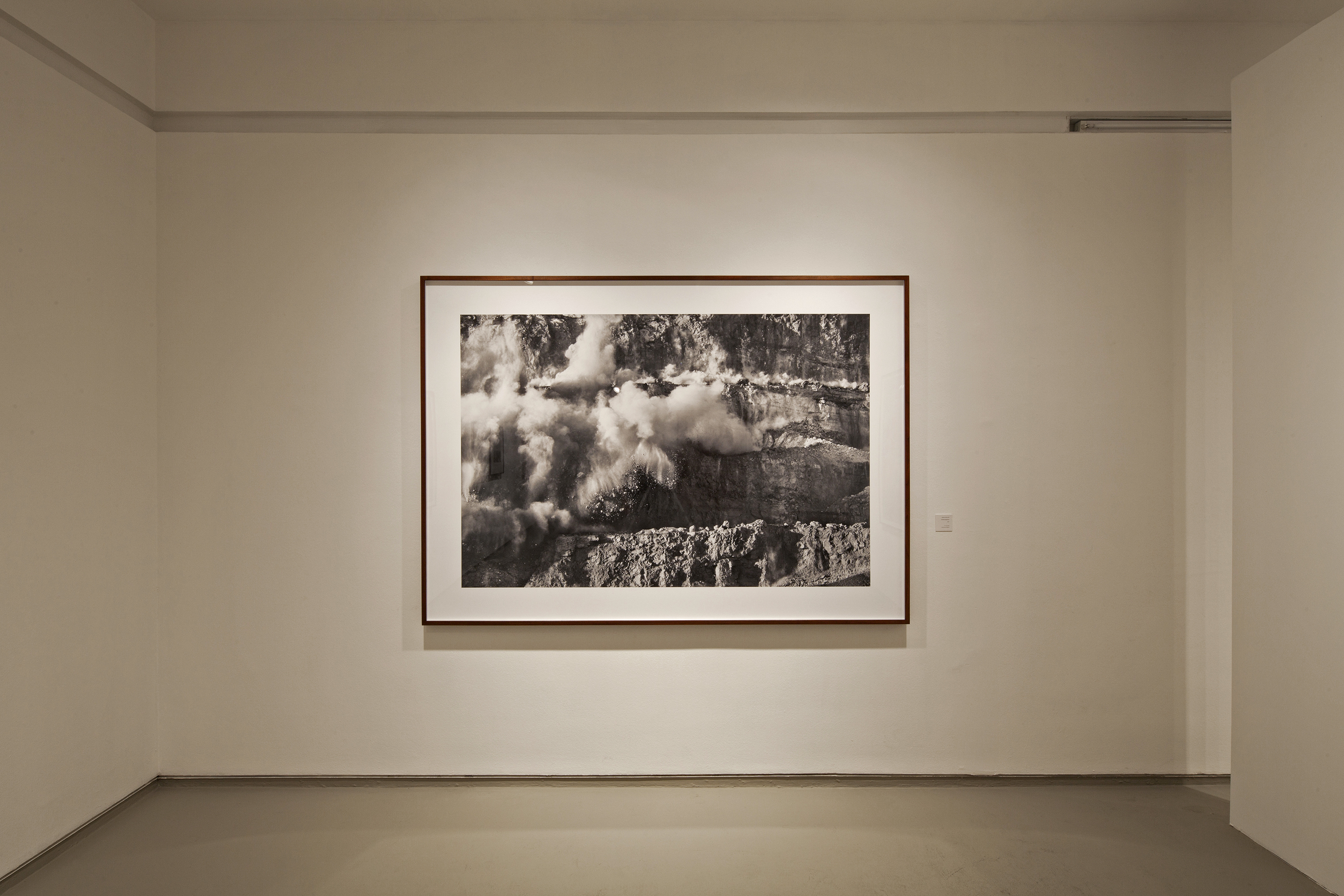


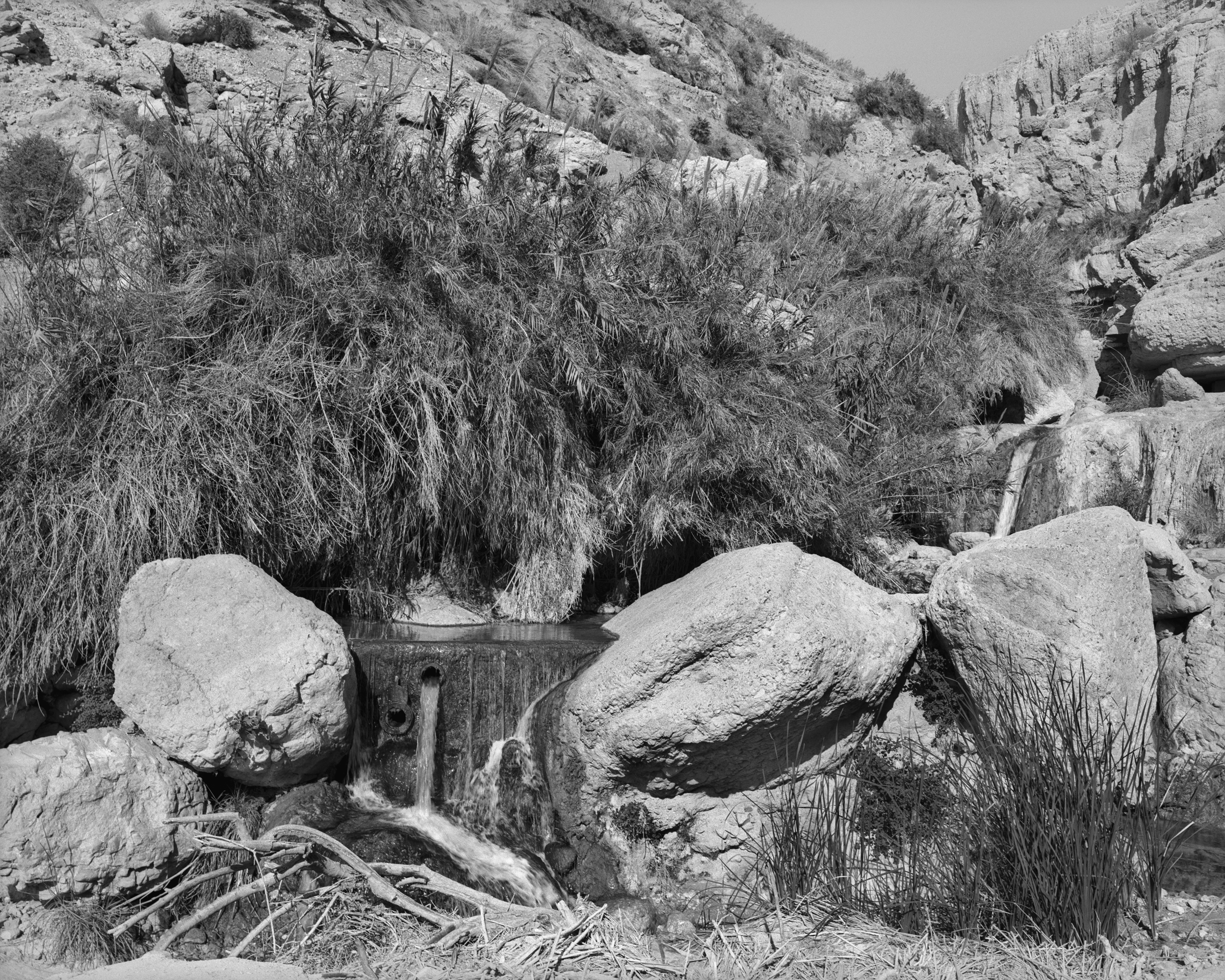
B.C.
the title of this group of works (2008–2011), alludes both to the historical era "Before Christ," as well as to some less clearly defined time preceding a process or system of counting. My works all address concerns that touch upon culture, archeology, history, religion, and spirituality. Yet whereas in the past I examined overtly political subjects or current events, my present focus is on more implicit, covert forms of politics, and on a process of wandering that produces random encounters and surprises within a sphere that interests me in different ways.
A large number of these photographs were taken in Jerusalem, in the area surrounding the walls of the Old City. I was interested in the contrast between the everyday, quotidian atmosphere on the exterior of the walls and the overwhelming sense of pathos on their interior, with its religious and spiritual resonances, the presence of pilgrims, and additional elements. When I look at different sites, what I am interested in above all is what I sense the place would like to be.
This body of works contains no individual portraits of people, yet it is pervaded by a human presence. Most of the figures are viewed from a distance, without making eye contact, as part of the place and its narrative. Generally speaking, these images examine two concepts that I am interested in – landscape and place – and probe the tension between them. One can look at a landscape, yet one cannot physically stand in the landscape. A place, by contrast, is where we are physically situated at a given moment – an area temporarily or permanently inhabited by people, a fluid sphere that one can linger in or pass through. The moment we step into a landscape it becomes a place, and a new landscape extends before us. What I am interested in, in this context, is not so much the framing of a panoramic view, but rather the portrait of a place, which is composed of a range of different visual indexes that existed prior to, or in a time more primeval than, any "opinion," "standpoint," "statement," "perspective," or "meaning." In this series I chose to direct the lens downwards at stones, pits, archeological ruins, and different temporal registers, whose condensation into a single photograph infuses the image with a sense of tension, even of threat, while underscoring the interplay between photographic time and historical time.
This body of works also includes photographs taken on the outskirts of Be'er Sheba, in the Negev Desert, and images of caves and bonfires. In the images featuring spent bonfires, the remains of the fires are all photographed from above from a similar angle. These images bring together, in a condensed manner, my interest in the earth and in vestiges. Yet whereas most of my recent photographs are concerned with what lies beneath the surface of the earth, here the gaze lingers on the surface. This perspective is related to my focus on vestiges, on signs of earlier civilizations, on the historical resonances of the landscape and on its eternal or slowly evolving character. The photographic gaze treats the traces left by the lighting and extinguishing of the bonfires, and the coming together and dispersal of groups of groups of people, if they too were archaeological findings.
Exhibition Curator: Nili Goren
the title of this group of works (2008–2011), alludes both to the historical era "Before Christ," as well as to some less clearly defined time preceding a process or system of counting. My works all address concerns that touch upon culture, archeology, history, religion, and spirituality. Yet whereas in the past I examined overtly political subjects or current events, my present focus is on more implicit, covert forms of politics, and on a process of wandering that produces random encounters and surprises within a sphere that interests me in different ways.
A large number of these photographs were taken in Jerusalem, in the area surrounding the walls of the Old City. I was interested in the contrast between the everyday, quotidian atmosphere on the exterior of the walls and the overwhelming sense of pathos on their interior, with its religious and spiritual resonances, the presence of pilgrims, and additional elements. When I look at different sites, what I am interested in above all is what I sense the place would like to be.
This body of works contains no individual portraits of people, yet it is pervaded by a human presence. Most of the figures are viewed from a distance, without making eye contact, as part of the place and its narrative. Generally speaking, these images examine two concepts that I am interested in – landscape and place – and probe the tension between them. One can look at a landscape, yet one cannot physically stand in the landscape. A place, by contrast, is where we are physically situated at a given moment – an area temporarily or permanently inhabited by people, a fluid sphere that one can linger in or pass through. The moment we step into a landscape it becomes a place, and a new landscape extends before us. What I am interested in, in this context, is not so much the framing of a panoramic view, but rather the portrait of a place, which is composed of a range of different visual indexes that existed prior to, or in a time more primeval than, any "opinion," "standpoint," "statement," "perspective," or "meaning." In this series I chose to direct the lens downwards at stones, pits, archeological ruins, and different temporal registers, whose condensation into a single photograph infuses the image with a sense of tension, even of threat, while underscoring the interplay between photographic time and historical time.
This body of works also includes photographs taken on the outskirts of Be'er Sheba, in the Negev Desert, and images of caves and bonfires. In the images featuring spent bonfires, the remains of the fires are all photographed from above from a similar angle. These images bring together, in a condensed manner, my interest in the earth and in vestiges. Yet whereas most of my recent photographs are concerned with what lies beneath the surface of the earth, here the gaze lingers on the surface. This perspective is related to my focus on vestiges, on signs of earlier civilizations, on the historical resonances of the landscape and on its eternal or slowly evolving character. The photographic gaze treats the traces left by the lighting and extinguishing of the bonfires, and the coming together and dispersal of groups of groups of people, if they too were archaeological findings.
Exhibition Curator: Nili Goren
© 2022 Gaston Zvi Ickowicz . All rights reserved.